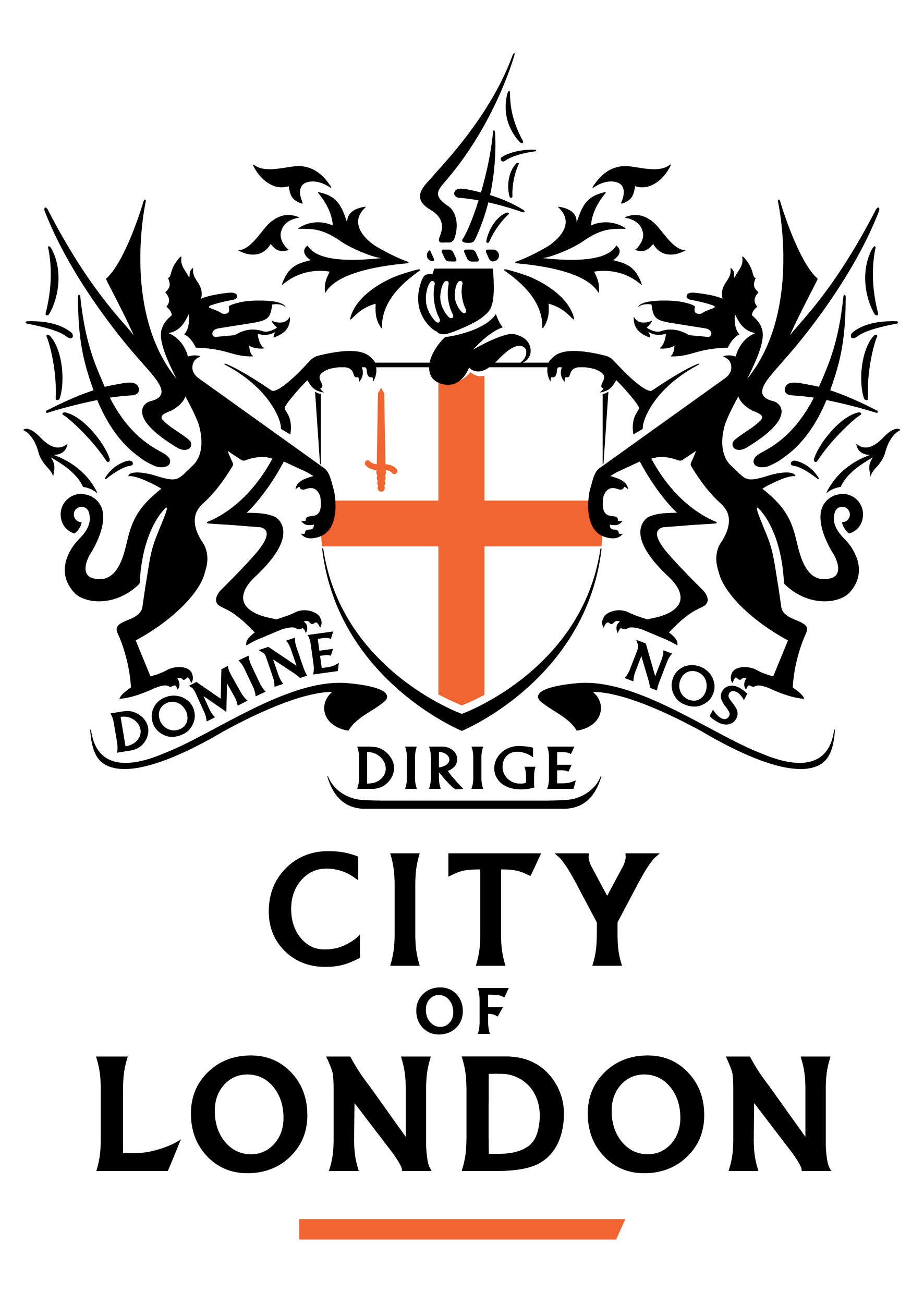
- You are here:
- Meeting attendance
- Agenda item
Agenda item
Safeguarding Children's Board Annual Report
Report of the Independent Chair of The City & Hackney Safeguarding Board.
NB. The full report will follow electronically
Minutes:
Members received a report of the Independent Chairman of The City and Hackney Safeguarding Board which provided a transparent assessment of the effectiveness of safeguarding and the promotion of child welfare across the City of London and the London Borough of Hackney.
What would the Board regard as the strengths of local City safeguarding systems and priorities for next year?
Whilst their research had captured a lot of intelligence, the Board felt that strong leadership; workforce; caseloads and an appetite to learn were the best indicators. The City of London Corporation performed very well across all these areas; particularly their appetite to learn from their work with Hackney. Next year’s business plan would seek to prioritise a safer, healthier work place (to include a staff survey); vulnerable adolescents (beyond child sexual exploitation); special educational needs and disability (SEND) and early intervention (with extra scrutiny in this area to prevent concerns escalating).
The Chairman of the Community and Children’s Services Committee commended the City and Hackney Safeguarding Board for being the first in the UK to receive an Outstanding Judgement.
In response to further questions:
Following the Wood Review; Members noted that, if a Board was working well, it would be ‘business as usual’; whilst continuing to seek streamlining and efficiencies. Members noted that, following the abolition of Local Safeguarding Children’s Boards (LSCBs), some restructuring would be likely but key partnerships would continue.
Members noted that a report on case C would be published in the next couple of weeks. As this was likely to encourage stronger community safeguarding, the Board was suitably prepared as it had established a Community Sub Group. Statutory Guidance to Schools was expected in respect of keeping children safe in schools; i.e. the provision of alternative emergency contact numbers.
Members were very concerned about the predicted number of children in poverty (5 million by 2020) and officers explained how austerity in local authorities often affected non-statutory, early intervention initiatives. Members understood that, whilst numbers in the City were low, an influx of 2 or 3 could cause a proportionate increase.
RESOLVED, that - the report be noted.
Supporting documents: